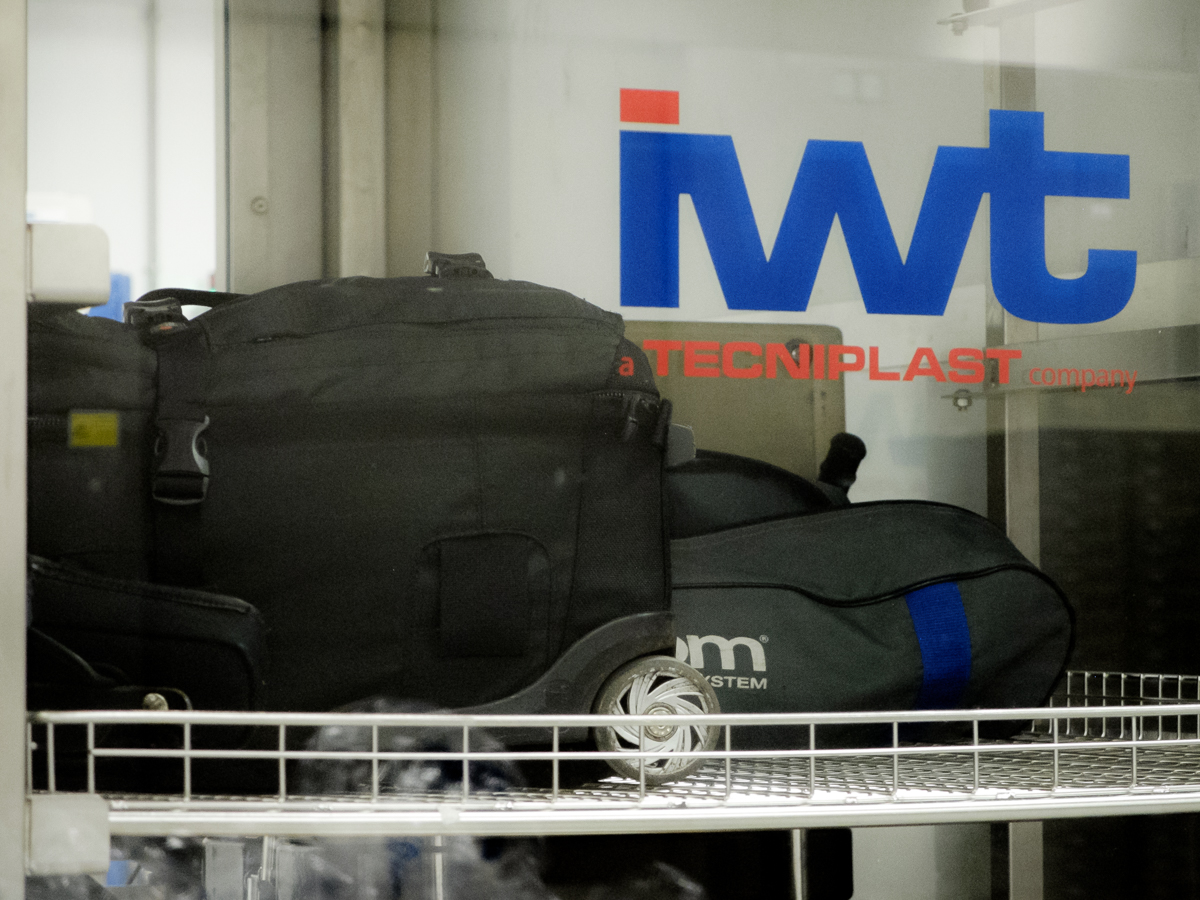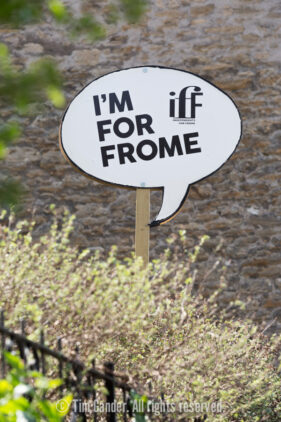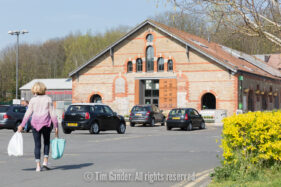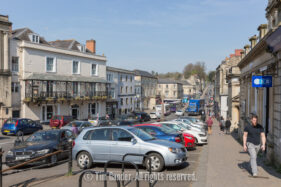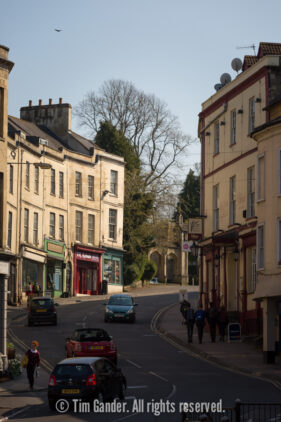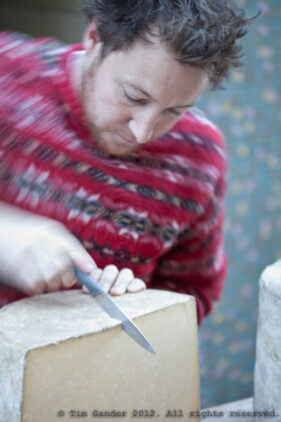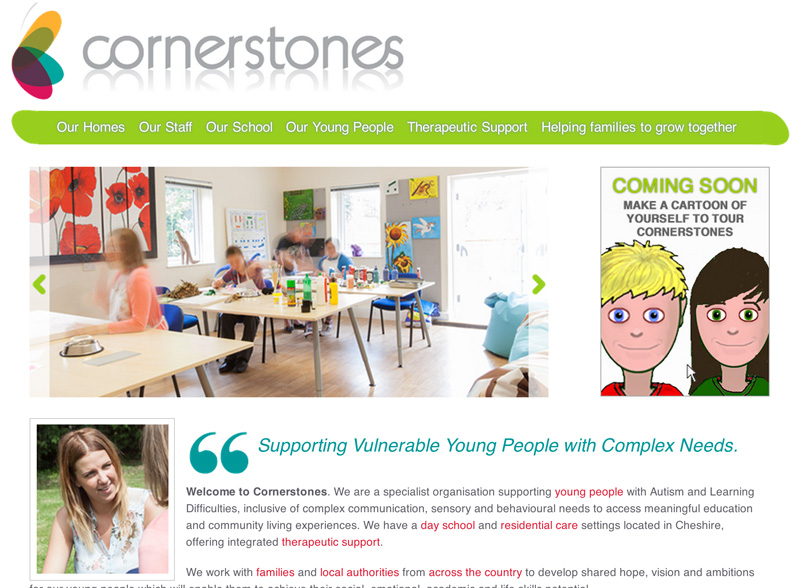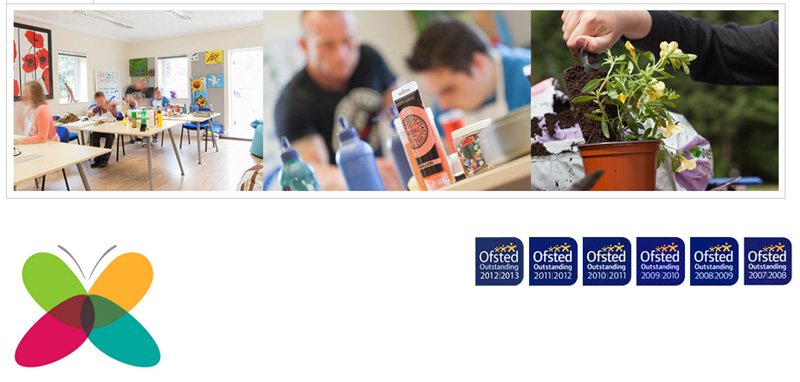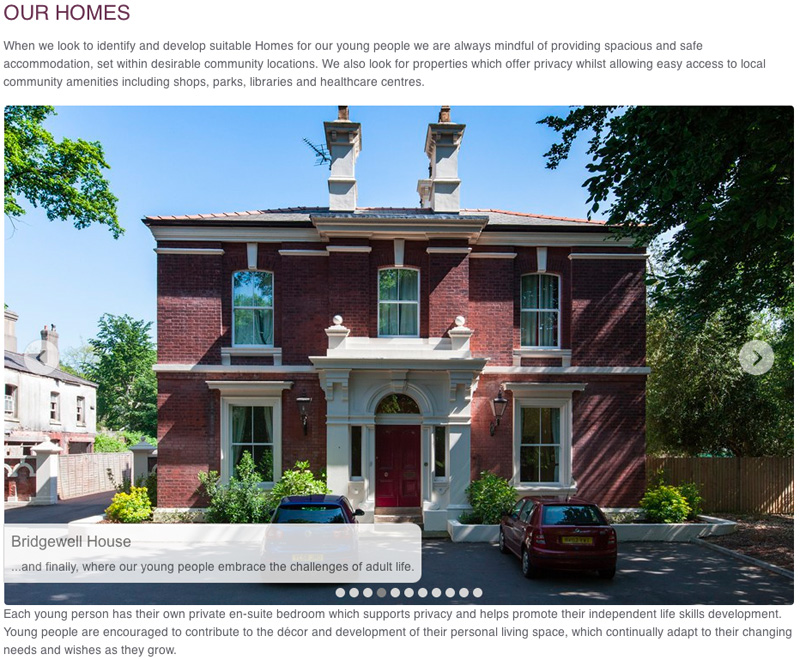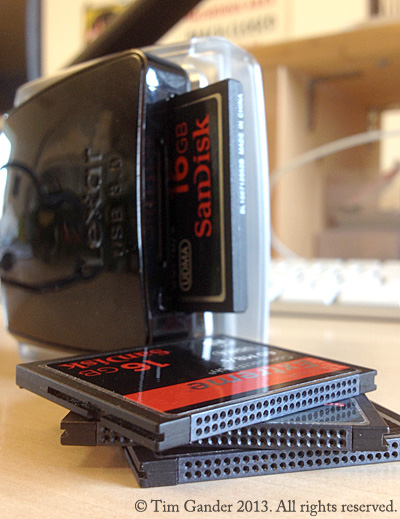
What reaction does your website get?
When was the last time you gave your web site an overhaul? Or does it sit there, Miss Haversham-like, gathering dust, all dressed up for the big day then left to decay, alone and unloved.
Maybe it’s time to pay the old dear a visit and see how she’s doing. A neglected web site will do nothing to help your business. Dust and cobwebs building up, broken old links. Oh, and that “designed by a toddler” look, just doesn’t cut it any more.
Naturally, when it comes to a spruce up, you’ll want to add some fresh photos to the site, so this and the next article will shine a little light on your options.
As a professional photographer, I’m always going to promote the benefits of proper, bespoke photography for your site. Not just because this is my blog and I’ll say what I damn well like (though it is and I will), but because it’s true.
However, I’ll start with stock images as it is still quite a popular choice. For all its faults, I can’t single-handedly convince the entire Universe that using cheap stock is a Bad Thing, so instead, for those of you hell-bent on using the cheesiest imagery you can lay your mouse on, I’ll give you some tips on how to get more out of it, and how to avoid some common problems.
You know what I mean. Those pictures of Californian business clones in suits, in executive board rooms, laptops and mobile phones at the ready, teeth shining like polished piano keys… Try to think beyond the obvious, and dig a little deeper into the archives of the stock image sites. There are only about 40 million images to choose from.
The headline price of most stock sites will tell you you can have photos for as little as £1 each. This may be true, but you’d need to be buying around 750 image credits a month to get those prices. The average stock image will set you back £10 – £20. Prices are creeping up too as the libraries struggle to turn a profit.
You must read the small print before buying! Royalty Free doesn’t mean copyright free. There are very tight restrictions on how images can be used. In most cases, Royalty Free refers to the fact that you don’t have to renew image licences over time, but you will need to pay again if you want to move or duplicate an image from one project to another, or one media to another. When updating a web site, check if you need to pay to bring old images into the new site.
Sites which offer very cheap, or even free images, may not be legitimate. They will trawl the net for pictures, gather them up, and offer them as licensed images when in fact they are stolen. Make sure you know who you’re buying from, because you will be liable for any breach of copyright.
- Google Images is not a stock library:
Google images is great for getting to see a photo of just about anything you can imagine, but you need to assume that everything on the internet is covered by copyright, and using “found” images on the net is theft and you can get caught.
If a picture on your web site turns out not to have been correctly licensed, it will be you that will get the legal letters, the court orders and the hassle. Regardless of who put the site together, it will be you and your business that will be treated as the beneficiary and publisher of the offending image. It’s then up to you to litigate against the web designer (or whoever put the site together) for any losses caused by their negligence. Seek early legal advice from a specialist copyright lawyer. It could save your business from fatal damages or court costs.
Please use the comments box here to share your thoughts or experiences on using stock imagery in your business publications and website. Next week, I’ll deal with using commissioned photography.
If you would like an independent audit of the photography on your website, which will highlight any likely legal issues, drop me a line for more information.

